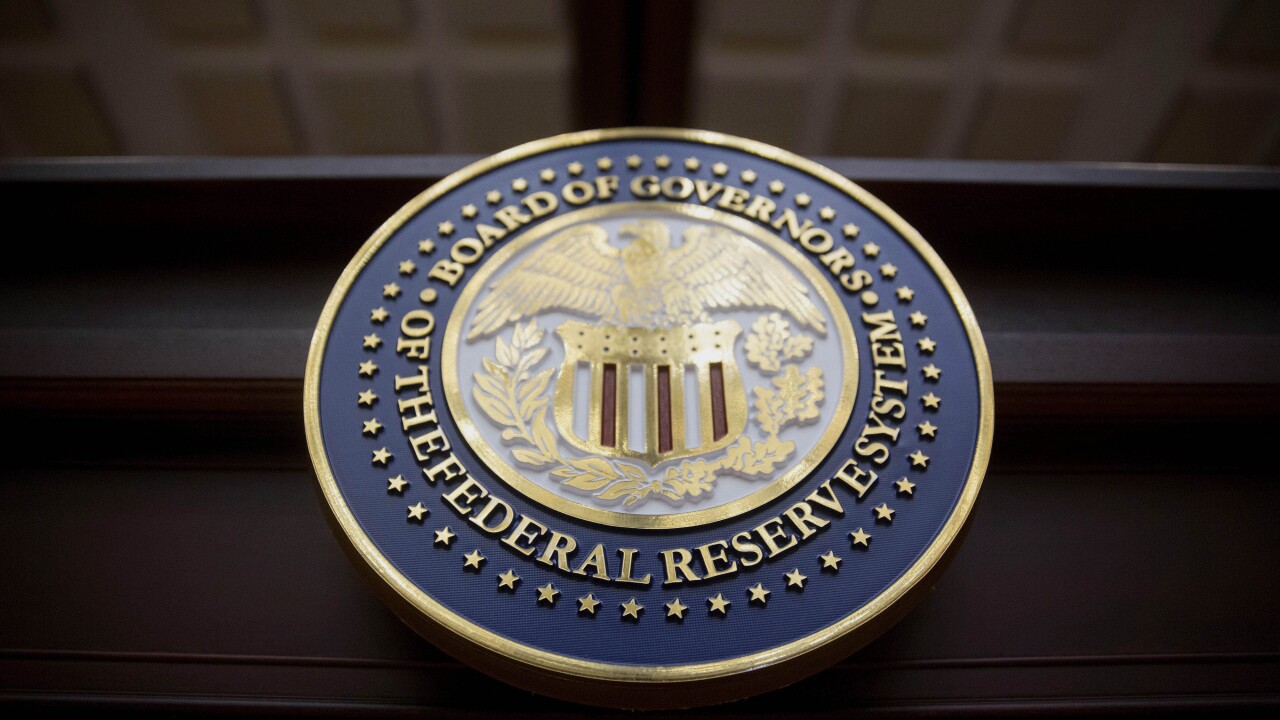Snapfinger Inc. designed its mobile payment app for its restaurant clients to better gather data on their guests.
The restaurant industry "is the only $600 billion industry that doesn't know who their customer is," says Jim Garrett, CEO of Snapfinger. "Traditionally restaurants had no way of capturing consumer data."
Snapfinger Mobile Payment allows customers on-premise to check-in, order and pay using their mobile devices. Customers can pay with linked credit, debit or prepaid cards, gift cards, Google Wallet or a PayPal account.
The app runs on the company's current platform, which is already integrated into its clients' point of sale terminals. Customers will be given restaurant profiles, allowing them to save their favorite dishes, list their dietary restrictions and review their purchase history.
Restaurants can use this information to build a loyalty program, and wait staff can look at customer profiles to give a more customized dining experience.
"Restaurants don't have loyalty programs and therefore have neither the benefit of understanding consumer purchase trends nor collecting response rates of individuals," says David Schropfer, head of mobile commerce at The Luciano Group. "The part of [Snapfinger's] model that is groundbreaking is the consumer data collection."
This data could also be used to create behavior segments and provide personalized service, says Brandon Coleman, chief marketing officer at Snapfinger. "We're taking what we see with Amazon and a lot of the digital companies and putting that in a more human experience."
But unlike other mobile-payment companies, Snapfinger doesn't use QR codes and Near Field Communication. Those technologies are a barrier for adoption, Garrett says.
Instead, Snapfinger Mobile Payment is "almost like giving the consumer a handheld version of the restaurant's point of sale system so they can have direct access," he says.
The app's self-checkout feature allows guests to pay without waiting for servers. This saves both the consumer and the wait staff time, Garrett says. On average a server handles between five and six tables per hour with one-third of that time spent on checkout, he says, and servers could handle more tables if guests could handle their checks on their own.
Over the past few years, many payment companies have focused their attention on the restaurant industry.
One reason for the attention is that "payments from a U.S. restaurant table are the most inefficient process in the industry," says Schropfer.
The Snapfinger app looks similar to
"TabbedOut is winning in the mobile restaurant space," Schropfer says. "However, Snapfinger's list of online client restaurants is substantial, so if their new mobile model works then Snapfinger will present a strong challenge to TabbedOut and others."
Snapfinger works with more than 9,000 restaurant chain locations and about 7,000 independent restaurants, says Garrett. The company's 7.5 million users do about 1 million transactions per week. Clients include Outback Steakhouse, California Pizza Kitchen and Boston Market.
"We're taking advantage of the fact that Snapfinger already has an app running on the point of sale systems at 17 of the 20 biggest [restaurant] chains," Garrett says. "All these restaurants are trend setters that will set the adoption in motion."
Another mobile payments company in the restaurant business is Israeli startup





